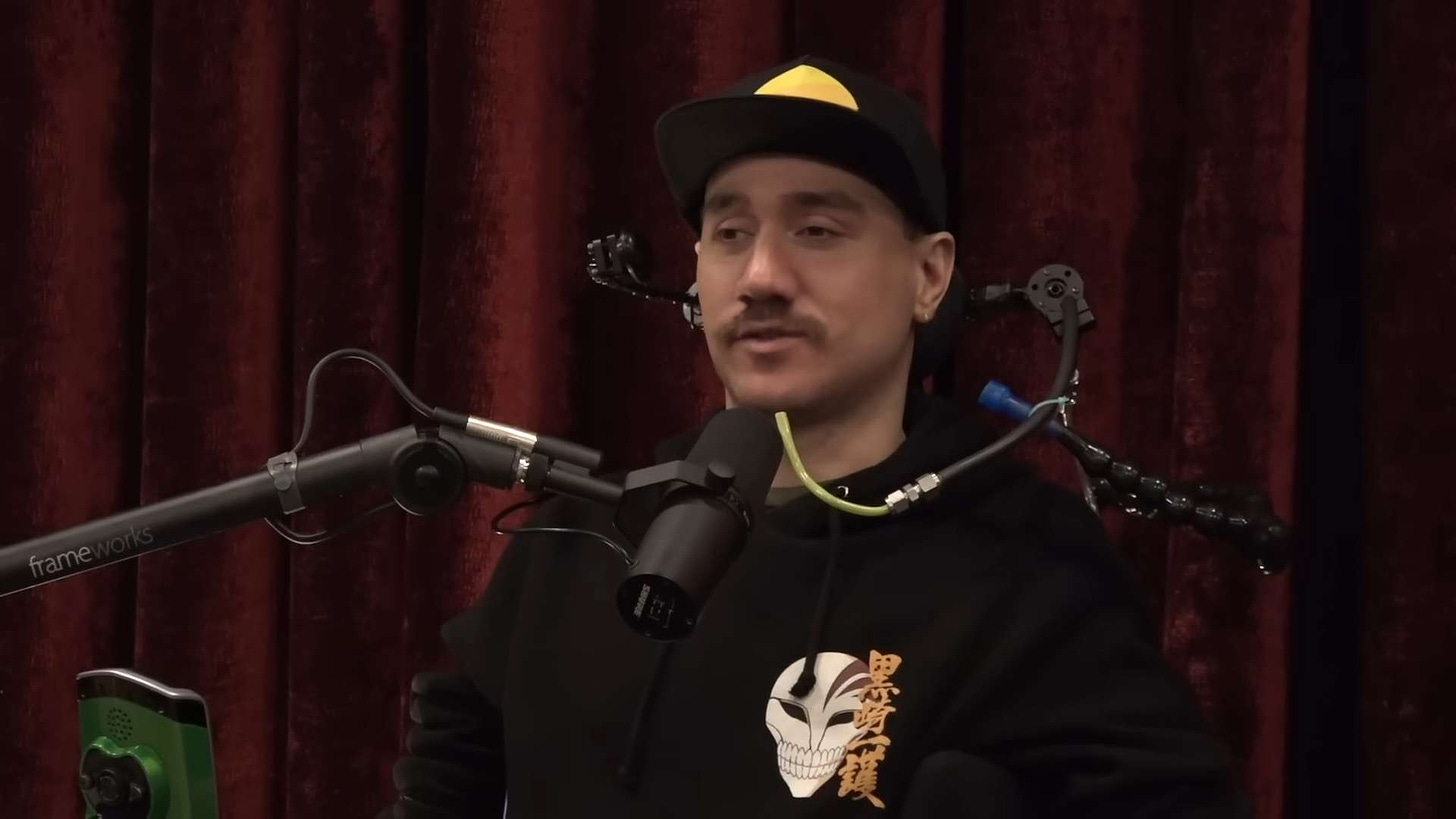First Neuralink patient is now using the brain chip to learn new languages
Neuralink's first patient wants to return to university and finish his degree
😮 Noland Arbaugh has shared an update on his progress with Neuralink
🤯 He’s learning new languages and gaining greater mobility
🚌 Arbaugh would like to return to school and finish his degree
🎮 A second Neuralink patient has shared he can now play video games using the chip
Neuarlink’s first patient, Noland Arbaugh, has been using Elon Musk’s brain chip to learn new languages including Japanese and French.
Arbaugh was previously filmed using the life-changing chip to control a mouse cursor telepathically after he lost the use of his limbs eight years ago in a diving accident.
However, he’s since been working on using different body parts and movements using the chip, including imaging holding a pencil to write characters and output keystrokes.
Arbaugh took to Musk’s social media platform X to share a lengthy update on how he’s living with the device, including some of his goals for the future. He shared that he’d like to publish a book one day and he’s trying to get back to school to finish his degree.
“Ultimately, I'm having a blast and my life has improved so much in such a short time,” Arbaugh said. “It's hard to even put into words.”
Noland Arbaugh recently spoke on the Joe Rogan Experience podcast and said the device could turn him into a pro gamer in the future. He believes he could crush players on Call of Duty using his mind, as he basically has “an aimbot” in his head.
“They’ll probably have different leagues for people like me because it’s just not fair,” Arbaugh said.
Arbaugh’s Neuralink success is all the more surprising considering 85% of the thread-based electrodes attached to his brain became displaced. However, this hasn’t stopped him from using the implant effectively.
More Neuralink success
A second patient “Alex” was recently fitted with the Neuralink brain chip and hasn’t experienced the same complications. Like Arbaugh, Alex shared that he can play his favorite video games again, which includes Valve’s popular PC game, Counter-Strike 2. Alex lost control of his limbs after a spinal cord injury and previously played the game using a mouth-operated controller.
Alex has also used the implant to develop and print 3D designs. “Taking an idea, putting it as a design, and having a physical item as a finished product makes me feel like I’m building things again,” Alex said.
Adam Vjestica is The Shortcut’s Senior Editor. Formerly TechRadar’s Gaming Hardware Editor, Adam has also worked at Nintendo of Europe as a Content Marketing Editor, where he helped launch the Nintendo Switch. Follow him on X @ItsMrProducts.






